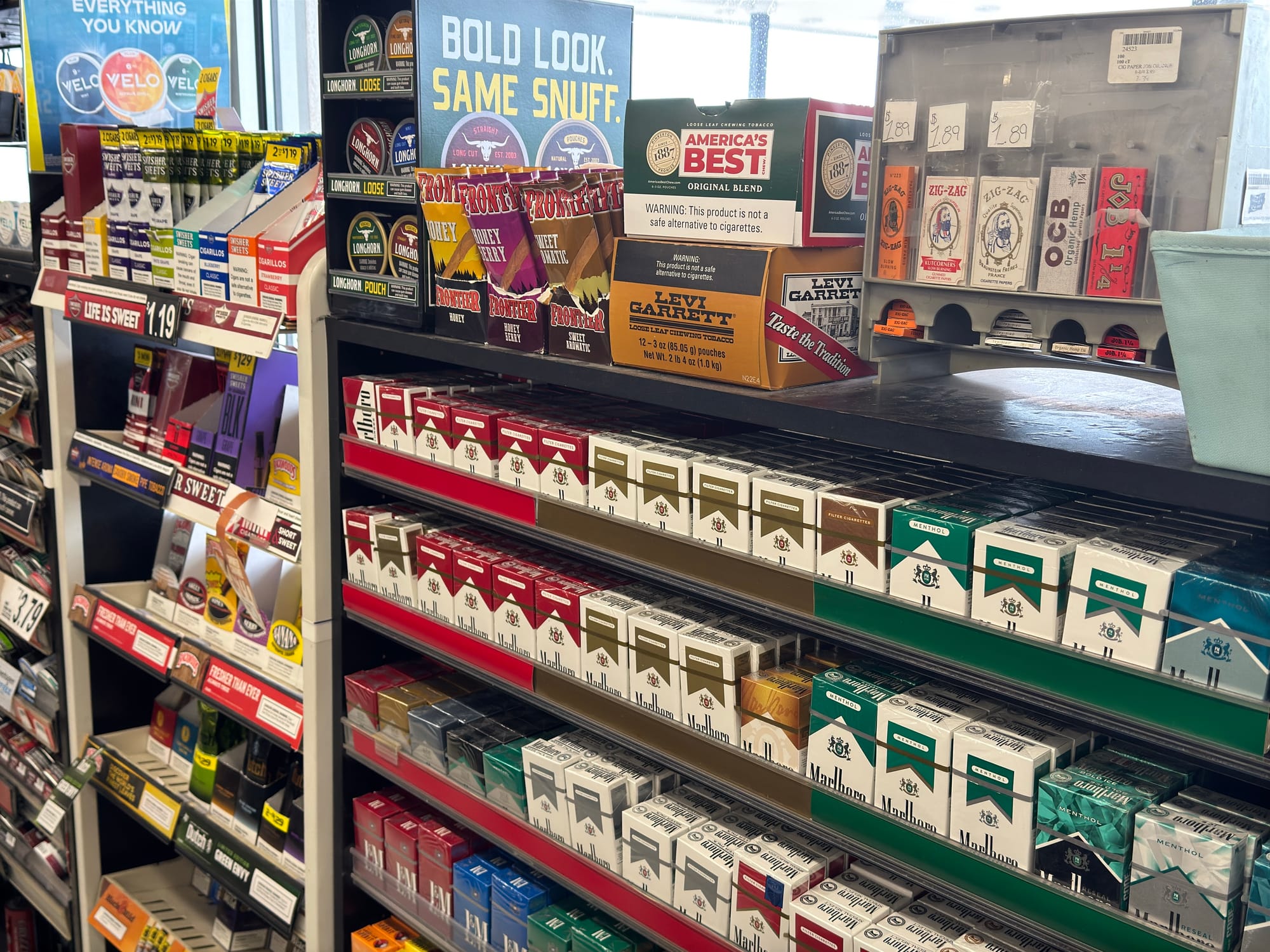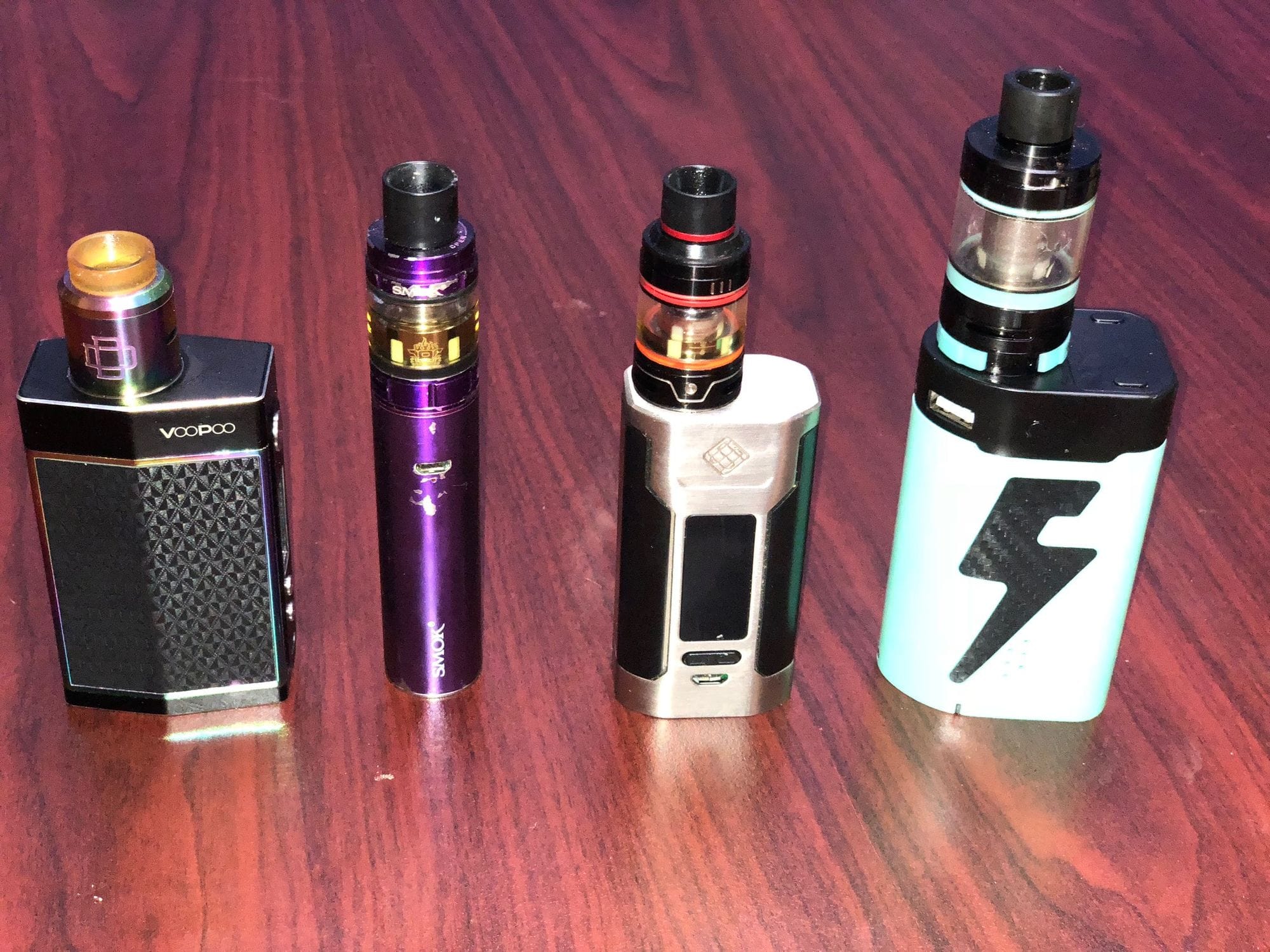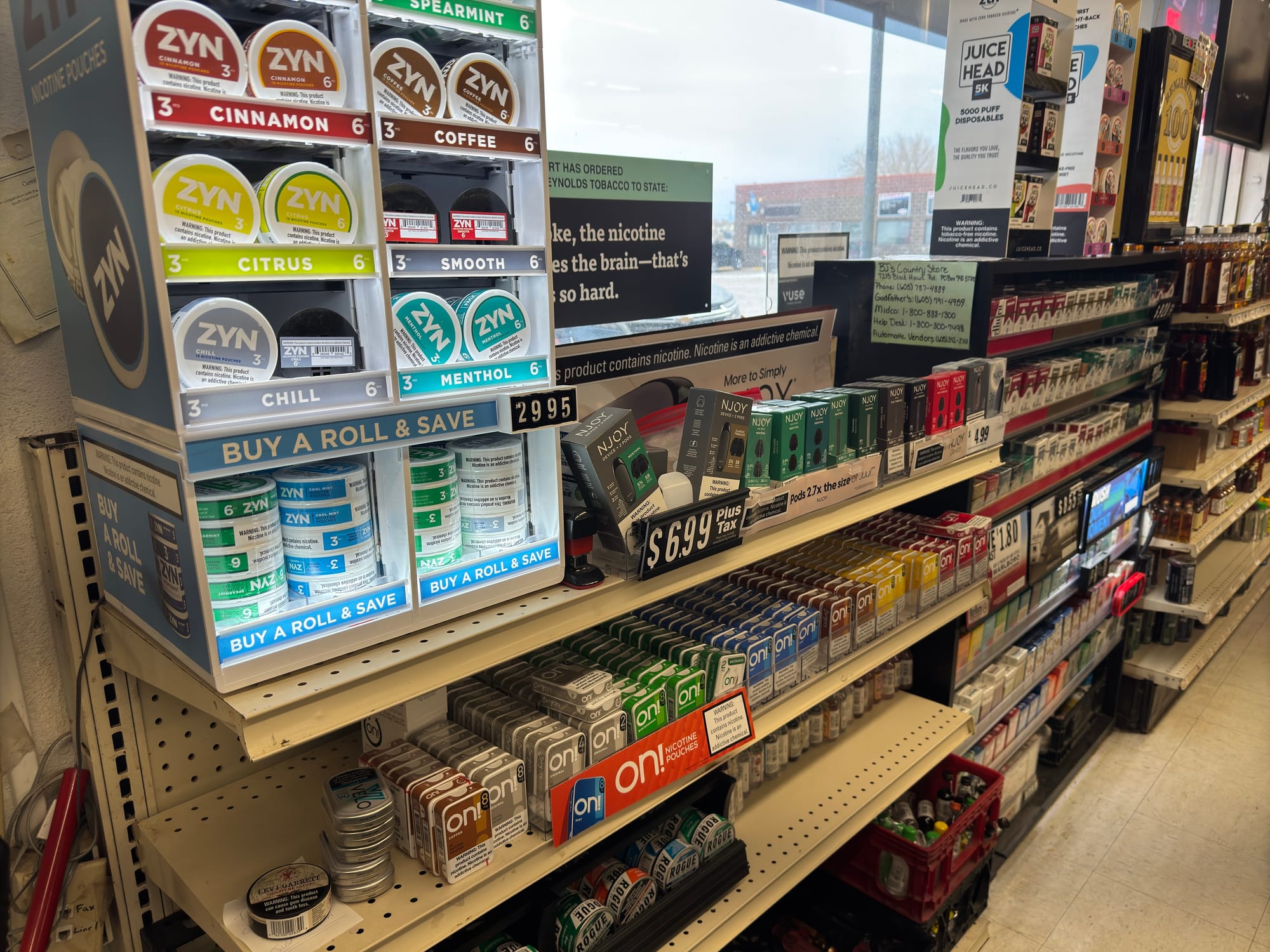If lawmakers approve Gov. Kristi Noem's proposal to cut the state tobacco prevention fund, anti-tobacco advocates said more children are likely to use tobacco and nicotine products, more adults will die early and the state will pay millions of dollars in new health care costs over the long run.
Since 2007, South Dakota has allocated $5 million annually to a fund that pays for programs to help tobacco users give up the habit and to prevent children and adults from ever starting.
The money pays for counseling services through the South Dakota Quitline, for medications to help people kick the addictive habit and for state and local tobacco-prevention programs.
The money comes from the state tax on annual sales of tobacco products, mainly cigarettes, and was part of Initiated Measure 2 that voters passed in 2006 to raise the tax on a pack of cigarettes by $1 and increase the taxes on other tobacco products.
The IM2 ballot measure also dictated that the first $30 million in tobacco taxes would go to the state general fund and the next $5 million would go to a new Tobacco Prevention and Reduction Trust Fund, which pays for the South Dakota Tobacco Control Program.
Tobacco tax revenues over the $35 million level would also flow into the general fund. IM 2 passed with almost 61% of the vote.
State: Program ready for 'right-sizing'
This year, Noem has proposed cutting the funding of the tobacco control program to $2 million a year, a 60% reduction. According to Senate Bill 54, the other $3 million would be sent to the state's general fund each year moving forward.
Noem has not publicly stated a reason for the proposed cut, and a News Watch request to interview the governor was not granted by her spokesman, Ian Fury.
But a spokeswoman for the state Department of Health, which administers the tobacco prevention program, told News Watch that the program's success at preventing tobacco use is the reason the funding can now be cut.
"The program has a track record of success, and we have seen a downward trend in tobacco use," DOH spokeswoman Tia Kafka wrote in an email. "As a result, the governor’s budget proposal right-sizes funding of tobacco prevention dollars. Services offered through the Quitline and tobacco prevention efforts within schools and communities will remain priorities for the program."

The Quitline and other programming seeks to reduce use of tobacco products and those that deliver nicotine, including vaping and other smokeless nicotine delivery products. Nicotine products are also addictive and are being used by adults and high school and middle school youths in South Dakota.
State records show that the state spent about $5.3 million on tobacco and nicotine prevention in fiscal year 2024, with $4.9 million in contracted services for the state program and about $382,000 on grants and subsidies to local prevention organizations.
The major expenditures, according to state contracts, were $1 million to Vilas Pharmacy of Pierre for tobacco cessation medications and prescription services. James Stephens, owner of Vilas, told News Watch that his company only spends about $575,000 to $600,00o of the allocated funds annually, with the remainder returned to the state general fund.

Another $824,000 was allocated to Avera Health Plans to provide "telephone and other tobacco cessation counseling and support services for the SD Quitline."
State records also indicate that the Department of Health signed a $175,000, one-year contract in June for South Dakota State University to conduct a study of the effectiveness of the South Dakota Quitline. It does not appear the results of that study are complete, and the SDSU official listed on the contract did not return a call seeking information.
Tobacco tax revenues have fallen steadily over time in South Dakota. In fiscal year 2014, the state collected $52 million in state cigarette taxes and another $7.4 million in other tobacco taxes, for a total of $59.4 million.
In fiscal 2024, state cigarette tax collections were $44 million and other tobacco tax collections were $11.8 million, for a total of $55.8 million, according to the Department of Revenue.
Colin Keeler of the state Bureau of Finance and Management, said the Health Department will use the remaining $2 million in tobacco tax money and about $1 million in tobacco prevention money the state already receives from the Centers for Disease Control and Prevention to fund tobacco programs at an annual rate of $3 million.

As proposed, he said, the money will be used for grants to communities and schools for tobacco prevention and cessation activities ($980,000), for the Quitline ($1.0 million), and for prevention marketing and advertising ($840,000).
But at that level of funding, South Dakota will fall even further below the CDC's recommendation of $12 million in annual spending on tobacco prevention for the state.
Smoking, vaping rates down in SD and US
Even though tobacco use is dramatically down in South Dakota, an average of 1,300 people die each year from smoking-related illnesses and the state spends an estimated $433 million annually on associated health costs, according to the American Cancer Society.
The number of adult cigarette smokers in the U.S. and South Dakota has declined sharply and steadily over the past several decades. According to survey data compiled by the American Lung Association, more than 42% of all Americans smoked in 1965, a rate that fell to 11.6% in 2022, a decrease of 73% during that period.
In South Dakota, 15% of adults were smokers in 2023, compared to 11% nationally, according to the lung association.
Smoking rates among Native Americans have also declined but not as much, and Native Americans smoke at roughly double the rate of non-Native adults in South Dakota and the U.S.
Youth tobacco use nationally has declined over the past few decades, especially when it comes to cigarette smoking, with 34.8% of high school students smoking at least once in the past 30 days in 1995 compared to 1.4% in 2024, according to the U.S. Food and Drug Administration.
However, when use of vaping devices and smokeless tobaccos are added in, 10.1% of high school students and 5.4% of middle school students reported some use of tobacco in the past month in 2024, the FDA reported.
In South Dakota, according to a 2022 statewide survey, 5.5% of high school students reported smoking cigarettes in the previous 30 days and 15.8% reported using vaping devices in the past month.
Advocates fear backslide and health problems
People who work to combat tobacco and nicotine use and addiction said cutting the prevention funding is short-sighted and could reduce gains made in slowing tobacco and nicotine use in South Dakota.
Jodi Radke, South Dakota representative of the Campaign for Tobacco-Free Kids, said evidence-based studies and results of the prevention program in South Dakota prove that tobacco and nicotine cessation programs are effective.

Radke, who has worked on tobacco prevention for two decades, said her organization estimates that cutting South Dakota prevention funding by 60% will increase youth smoking rates by 5%, lead 300 more children to become adult smokers, with 100 of those dying prematurely, and create $4.8 million in new health care costs due to smoking-related illnesses over the next few decades.
"Funding tobacco control is critical to impacting youth rates, so to cut funding from that really does impact outcomes in terms of kids becoming lifelong users," Radke said.
Battle to preserve funding in Pierre
Three lawmakers contacted by News Watch early in the session declined to comment because they were unaware of the proposed funding cut.
Ben Hanson, South Dakota government relations director for the American Cancer Society Cancer Action Network, said that makes sense because Noem never mentioned the cut during her budget address or her State of the State speech.
Hanson said the funding cut is a "rob Peter to pay Paul" maneuver the governor is using in a tight revenue year to fund other projects, such as $4 million in new spending on education savings accounts. Noem also has proposed cutting funding to the state library system and to South Dakota Public Broadcasting.

A proposed reduction in funding for the smoking prevention fund comes at a time when tobacco companies spend an estimated $25 million a year to market their products in South Dakota, including flavored products popular among youth, Hanson said.
"This isn't a haircut, this is gutting the fund," he said.
Hanson said those in the tobacco and cancer prevention fields will make a strong lobbying effort in the 2025 legislative session to protect the tobacco prevention funding.
"We're going to talk to each legislator one by one, and let them know the history of this and hopefully create a positive outcome," Hanson said.
This story was produced by South Dakota News Watch, an independent, nonprofit organization. Read more stories and donate at sdnewswatch.org and sign up for an email to get stories when they're published. Contact Bart Pfankuch at bart.pfankuch@sdnewswatch.org.






